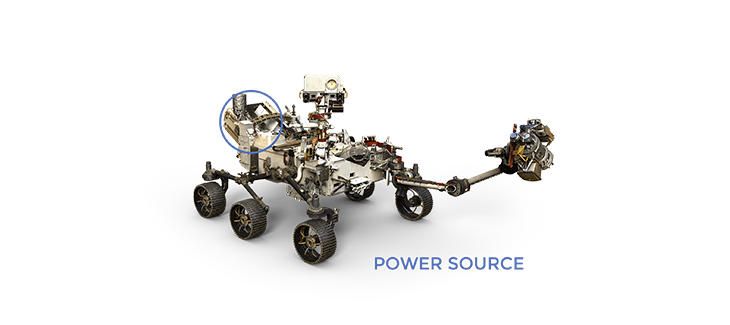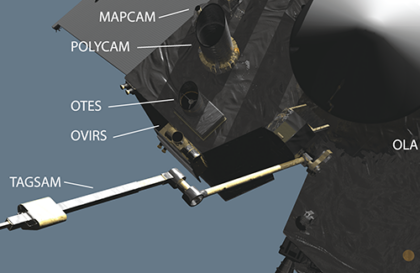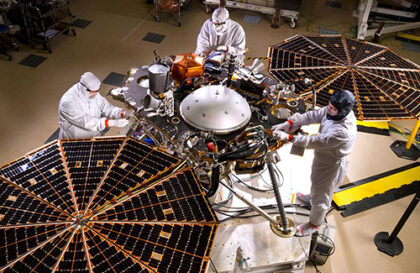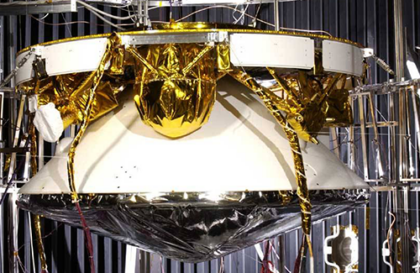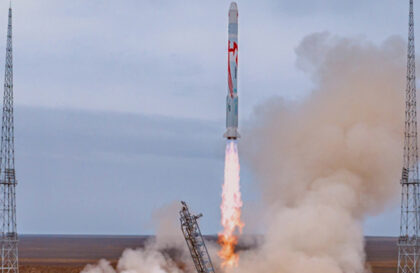The Perseverance rover depends on a supply of electrical power to operate, which is necessary for movement, use of scientific instruments, and communications with Earth.
The power system installed on the Mars 2020 Perseverance rover is similar to the Mars Science Laboratory Curiosity rover system. NASA has successfully operated similar power systems for decades on various missions, including Apollo to the Moon, Viking to Mars, and outer-planet and Pluto-bound spacecraft such as Pioneer, Voyager, and Ulysses. , Galileo, Cassini, and New Horizons.
Perseverance is powered by a radioisotope power grid, which creates a steady flow of electricity by converting heat from the radioactive decay of plutonium used as fuel.
The rover’s power source, the Multi-Mission Radioisotope Thermoelectric Generator (MMRTG), converts heat from the decay of plutonium into electricity and charges its two primary batteries, as well as maintaining operating instruments and systems at optimal temperatures.
Credit: NASA/U.S. Department of Energy
Located aft, the MMRTG measures 25 x 26 inches, weighs about 99 pounds, uses 10.6 pounds of plutonium dioxide, and produces approximately 110 watts of electricity at launch, decreasing by a few percent yearly.
The fuel in the rover’s heat source modules (there are two) is protected by multiple layers, including the material used in rocket fairings, and the radioisotope fuel is ceramic-shaped to prevent spread when destroyed. In a possible accident, the estimated maximum radiation dose to a person is 210 millirem, while the average American receives 310 millirems per year from natural sources.
The rover also has two lithium-ion batteries to cover peak energy requirements exceeding the MMRTG output.
This energy system provides several benefits:
- The 14-year operational life of MMRTG creates a significant lead time for the primary Mars 2020 mission, lasting 1.5 Martian years (or three Earth years).
- It provides the rover with high mobility at various latitudes and altitudes.
- The system allows the rover’s science instruments to operate at maximum power.
- Engineers are given greater flexibility in operating the rover, including daytime, nighttime, and winter operations.
Banner image: Credit: the Mars Communications Team at NASA’s Jet Propulsion Laboratory for NASA’s Science Mission Directorate
Image credit:
https://rps.nasa.gov
https://mars.nasa.gov
